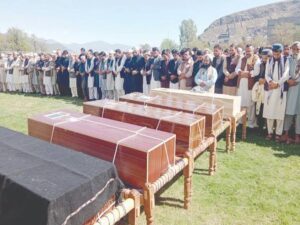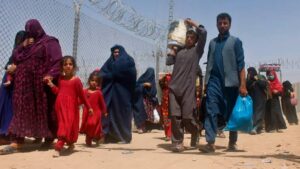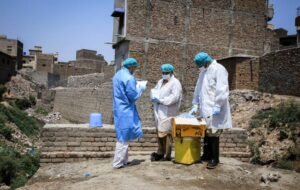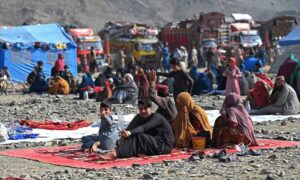Kurram, a district caught between history, conflict, and a troubled present, the hope for peace seems as elusive as ever.
The recent ambush on a government convoy in the district, which left Assistant Commissioner Kurram and three police officers wounded, is a stark reminder that the region’s volatile peace efforts are far from success.
The attack occurred as a government team was on its way to negotiate a ceasefire between rival tribes, a peace process that had been months in the making. Despite the best intentions of tribal leaders and government officials, it seems the violence will not be so easily undone.
The region’s insecurity is neither new nor mysterious. Even as the government has invested in military operations and negotiations with tribal elders, the insurgent groups, factions, and militant elements operating from mountainous, there is no hope for lasting peace.
For many, the question isn’t whether the government’s actions are right, but whether they are enough.Tribes in Kurram, long divided by conflicts over land and water, have continued their deadly feuds, leaving the lives of ordinary people in constant danger. The peace talks that have been so carefully arranged seem to break apart under the pressure of these unresolved grievances, leaving behind a feeling of betrayal among the people. For those in government, the distance between policy and reality grows wider every day.
This latest attack, targeting high-ranking officials, is a stark reminder that the fragile peace cannot rest on military solutions alone.Barrister Dr. Muhammad Ali Saif, Special Assistant to the Chief Minister for Information, made a poignant statement at a recent jirga held in Hangu.
He declared that the violence in Kurram wasn’t rooted in sectarianism or religious intolerance but in long-standing tribal rivalries and bitterness. He called for a shift in mindset, from hatred to healing, urging the community to choose peace over conflict, to foster love where enmity had taken root. “The day we choose peace over our differences,”Saif declared, “we will no longer need to rebuild what’s been torn apart or mourn those we’ve lost.”But as noble as these sentiments are, they only reflect part of the story.
The fact remains that while government officials speak of peace and reconciliation, their presence in the region is largely symbolic. Most of the high-ranking officers who champion peace have yet to visit Kurram itself, preferring instead to conduct their consultations from the relative safety of Hangu. When officials are targeted, as they were in the latest attack, it only serves to amplify the perception that they are disconnected from the day-to-day struggles of the people they are supposed to protect.
The government’s approach has largely focused on military force and intermittent peace talks, but the people of Kurram have seen little tangible change. They remain skeptical of the promises made by those who hold power far away from the rugged hills and valleys that are their homes. What’s more, it seems that Kurram’s people have yet to see the full commitment from the government, as the very officials tasked with ensuring peace are often far removed from the reality on the ground.It’s in this atmosphere of uncertainty and disillusionment that the region remains entrenched in its cyclical violence.
The truth is that until the government takes a more holistic approach—one that addresses not just the immediate security concerns but also the underlying causes of conflict—peace will remain a distant dream. The violence will persist, as will the deep-rooted divisions between Kurram’s warring tribes.The military may succeed in disarming pockets of resistance, but as long as these issues are left unresolved, the cycle of violence will continue. What Kurram needs isn’t just an end to the fighting; it needs a pathway to long-term peace, one that recognizes the historical and cultural complexities of the region.
Without this broader vision, peace will remain as fleeting as the air in Kurram’s mountain passes.In the end, Kurram’s future rests not just with the government, but with the people who have lived through generations of conflict. Only when they are truly heard, when their concerns are addressed, and when peace becomes a shared goal, can the district hope to heal from the wounds that have festered for so long. But until then, the road to peace will remain a treacherous one, and the scars of war will continue to define Kurram’s story.












